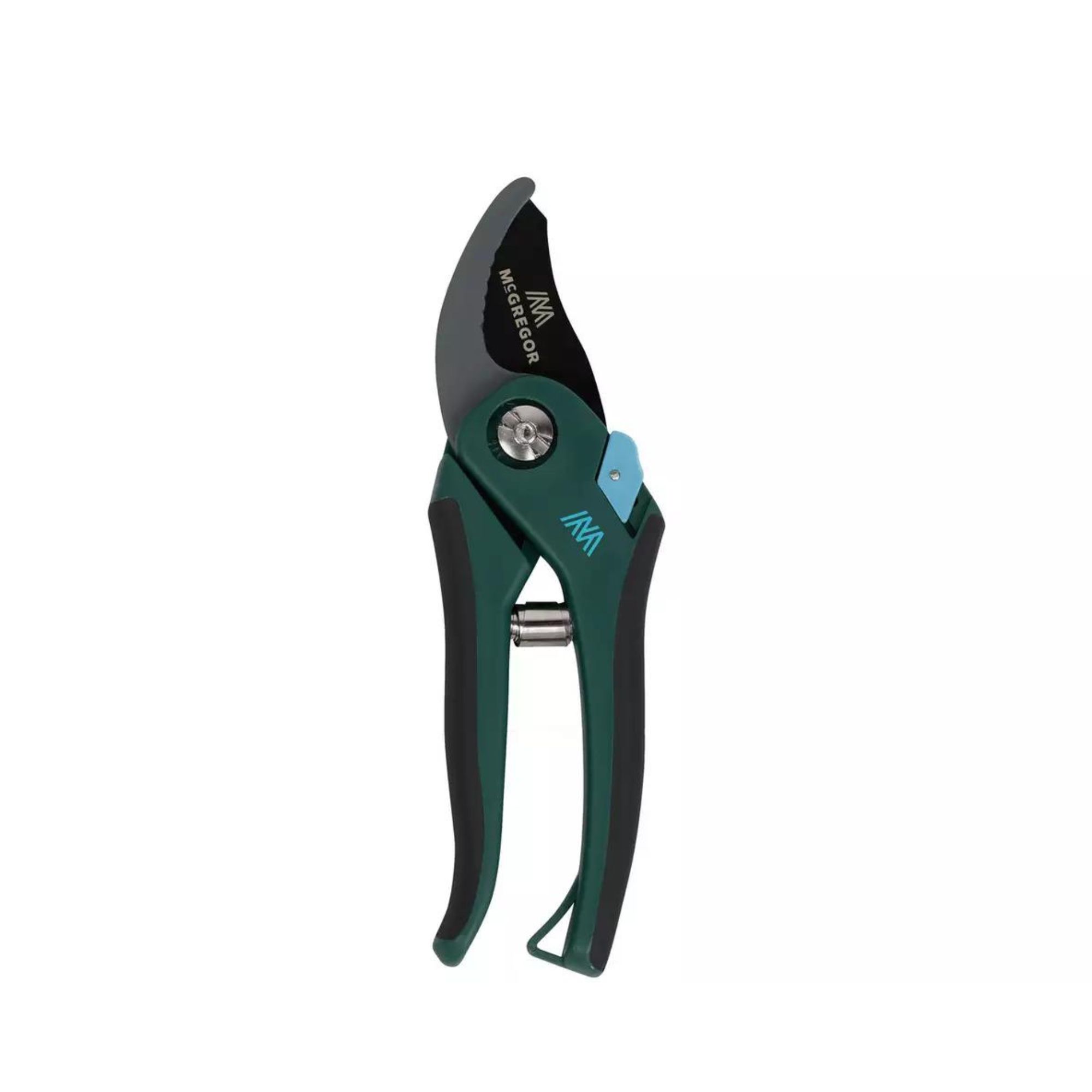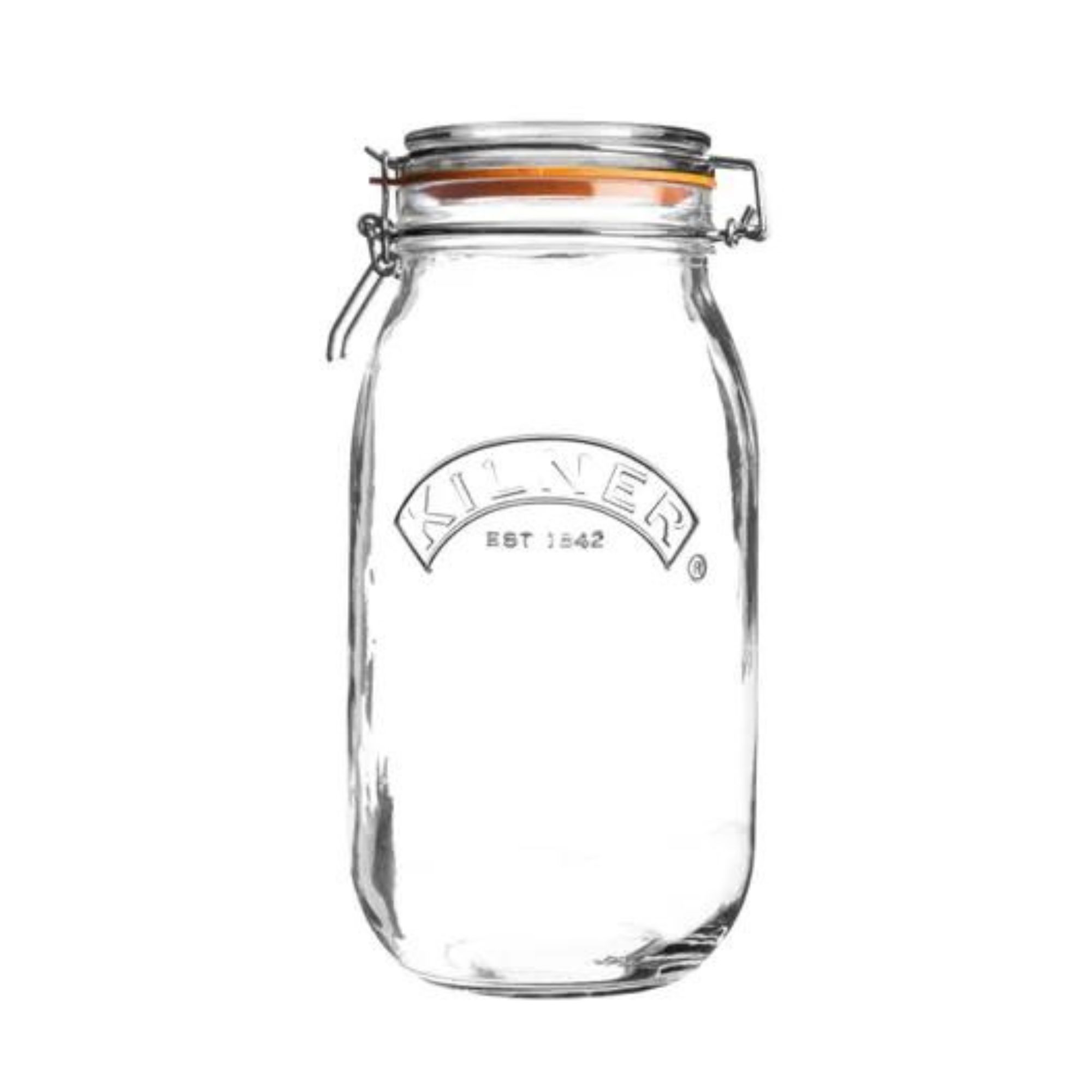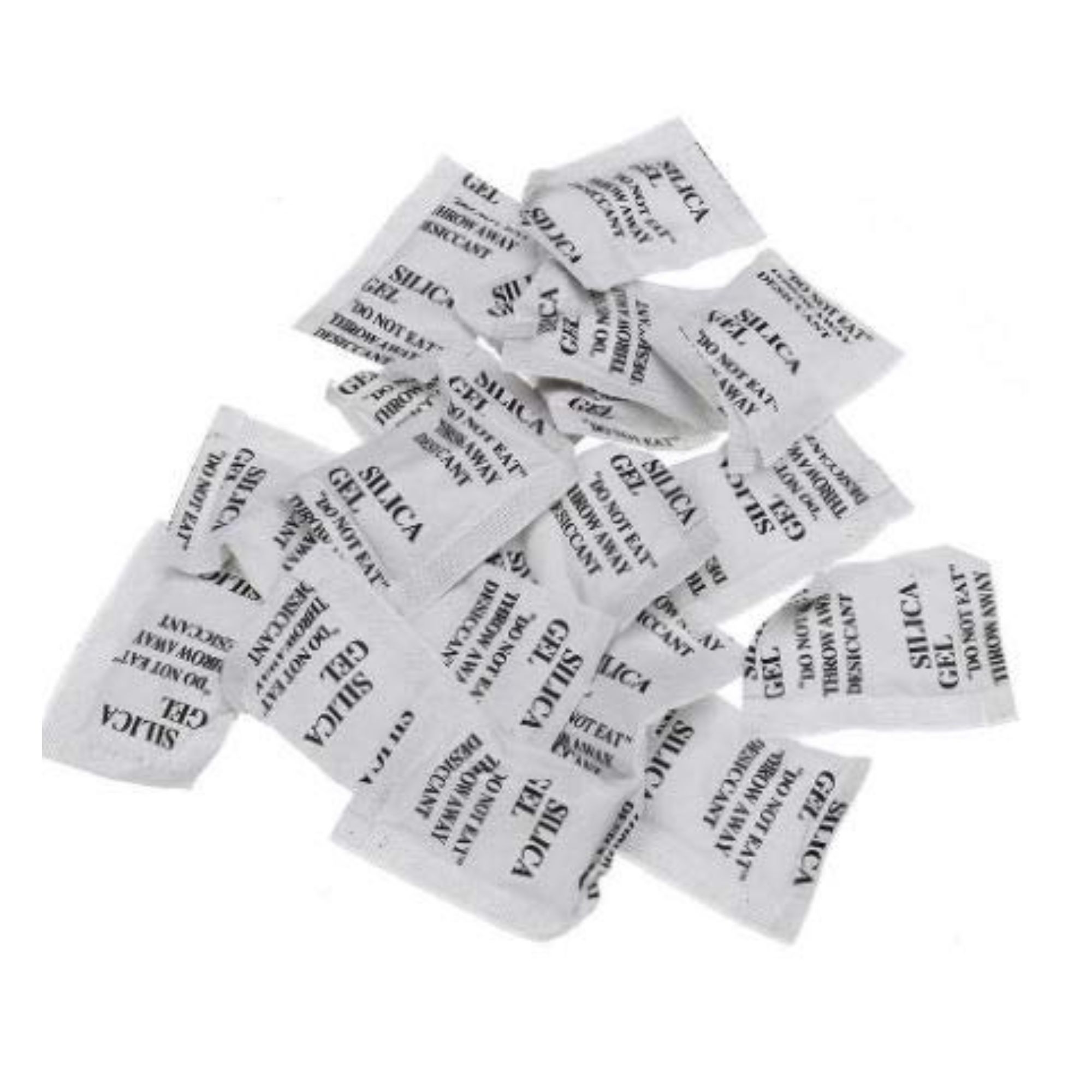How to harvest sunflower seeds - you'll need to act soon if you want to grow these sunny blooms for free next year
The experts explain everything you need to know about harvesting sunflower seeds for planting


Learning how to harvest sunflower seeds for planting is something every savvy gardener should know how to do. If you enjoy growing these sunny blooms every year, instead of buying a small pack of new seeds, you could easily double the number of sunflowers in your garden each year for free!
Harvesting seeds is one of the best ways to propagate sunflowers for free, and you only need to harvest from one sunflower head to get more than enough seeds to fill your garden, gift to your friends/family/neighbours and still have some leftovers to feed the birds. No, we're not exaggerating.
So if love these yellow flowers in the garden, consider this your public service announcement to activate a sunflower seed harvesting protocol after your sunflower has finished flowering. We’ve got everything you need to know about harvesting sunflower seeds for planting - from catching and cleaning the seeds to storing them over the winter.
What you'll need
Step-by-step
1. Be patient
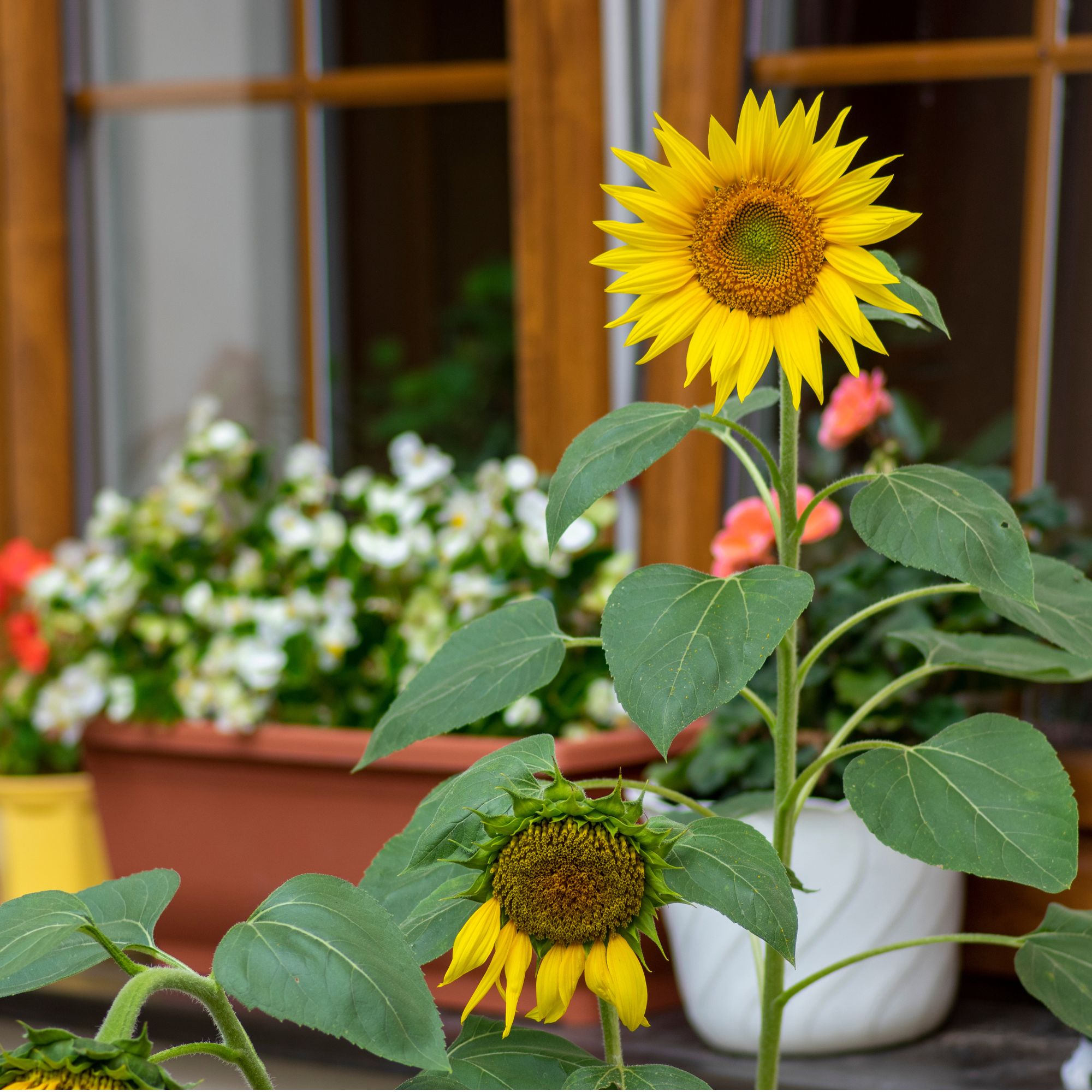
You may be inclined to deadhead your sunflower as soon as it's finished flowering, but this is the worst thing you could do if you want to harvest sunflower seeds for planting. Instead, you need to be patient.
For the next two weeks, you need to give your sunflower a chance to produce happy, healthy seeds - and this requires energy. So, keep it in a sunny location and continue to water it regularly. You might want to protect it, too.
Morris Hankinson, director of Hopes Grove Nurseries, says, ‘If you only have one or two seed heads, you might want to protect the seeds from birds if you’d like to harvest them. Using some fleece around the head until they are ready to harvest can be useful.’
And while the head will become progressively floppier and brown, leaving it alone will ultimately reap the best rewards. If you pull back some of the exterior leaves, you may even be able to spot the black and white seeds growing underneath the main flowerhead.
Sign up to our newsletter for style inspiration, real homes, project and garden advice and shopping know-how

Morris Hankinson is the founder and managing director of Hopes Grove Nurseries Ltd, the UK’s only specialist grower-retailer of hedging plants. He established the thriving business in 1992, shortly after graduating with a Commercial Horticulture Degree from Writtle College, Essex.
2. Cut and hang the flowerheads
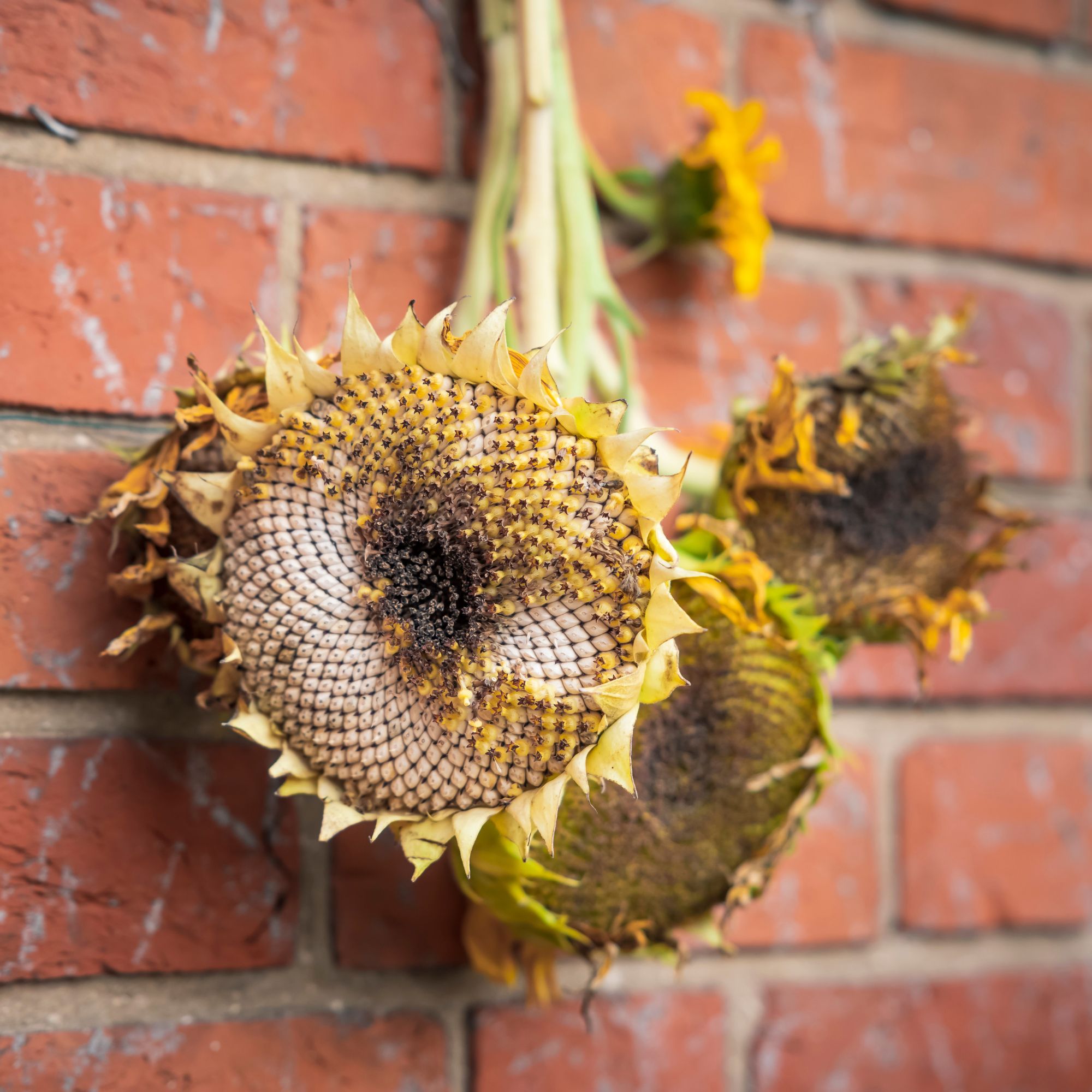
When the two weeks have passed, you can give your sunflower plant the attention it deserves. But first, it’s best to check whether the seeds are ready.
Morris says, ‘Check to see if the seeds within the flower head feel plump, and that’s when they are ready to be harvested.’
Then, you can start cutting the stems and hanging the flowerheads. For this step, you’ll need some secateurs - but make sure you know how to clean your garden tools before you start.
Morris advises, ‘Cut the heads off the stalk, leaving about 12 inches of stem. Hang the heads in a dry, well-ventilated area to dry further. Once fully dried, you can remove the seeds by rubbing two heads together or using your hands.’
Generally, it takes between 3-7 days for the heads to dry upside down, and it’s best to place a plastic container underneath the flowerhead to catch any falling seeds.
3. Wash and dry the seeds
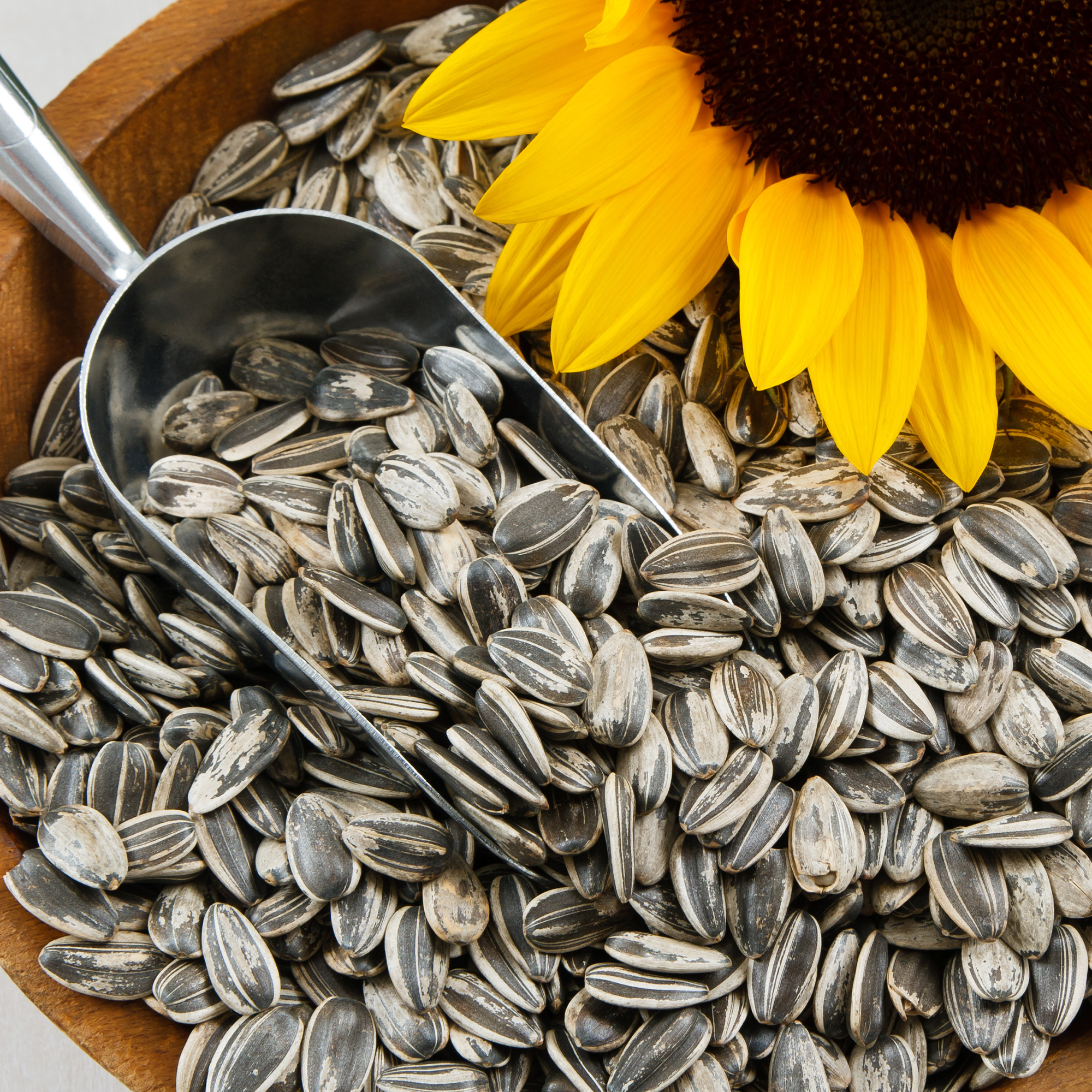
If you want to harvest sunflower seeds for planting, they should be as dry as possible. However, you should also wash them before storing them for the winter, which can make drying them properly pretty tricky.
To nail this step, you should start by placing the freshly harvested seeds into a colander or sieve. Then, rinse them with water to remove any lingering dirt, debris, or dust.
To dry each individual seed, line a plastic container or baking tray with paper towels and lay the seeds on top. During this stage, you want to give each individual seed its own space.
Then, leave the container or dry in a warm, dry place for a week until the seeds dry out completely. After all, the drier they are, the longer they’ll keep for future use.
You then need to move onto the next step immediately to prevent them from getting wet or being exposed to any other contaminants.
4. Store them for future use
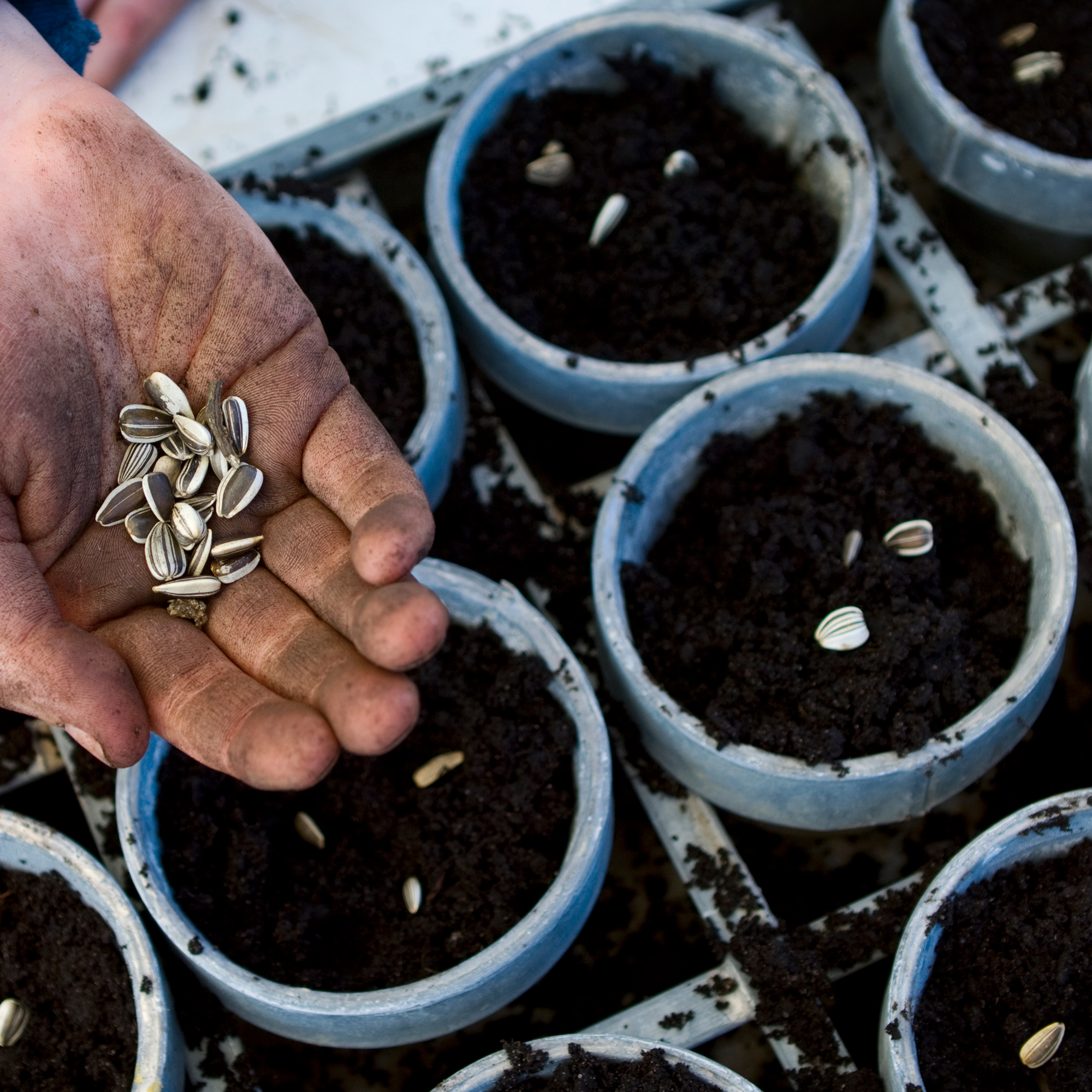
Storing sunflower seeds couldn’t be easier, but you need to make sure that you have an airtight container for this job. After all, you don’t want any air or moisture affecting the quality of your seeds.
Even with an airtight container - like a clipside food container or a jar - you still run the risk of ruining your seeds. So, we’d also suggest adding in a silica gel packet to soak up any moisture that seeps through.
You can then decide where you want to keep your harvested sunflower seeds. David Denyer, Flower Expert at Eflorist, says, ‘You can store any seeds in a pantry or cupboard, but be aware that they will only keep for 2-3 months outside of the fridge.’
Yes, if you want to ensure they last until the next growing season, storing your harvested sunflower seeds in an airtight container in the fridge or freezer is best.
Unfortunately, storing them in a shed or conservatory probably won’t work in your favour due to the constant temperature change. Morris also adds, ‘Check them every now and again to make sure there is no mould. If you do spot a rotten seed remove it immediately.’
And when you’re ready to plant your sunflower seeds, all you have to do is take them out of the fridge or freezer and let them thaw for 24 hours before planting.
FAQs
When to collect sunflower seeds in the UK?
Typically, you should expect to harvest your sunflower seeds in September in the UK. You should normally wait around two weeks after the sunflower has finished flowering to do this, as this will give the plant time to focus its energy on growing these seeds.
However, it’s important that this timing also depends on the variety of sunflowers you’ve planted, when you planted them, the weather, and the growing conditions. Many people find that their sunflowers stop blooming in July, while others continue blooming well into the autumn.
That’s why you should always act according to your own personal circumstances and keep an eye on the petals and the flowerhead of your sunflowers. If the petals are falling and the flowerhead is turning brown, it’s time to start the harvesting clock.
When planting sunflower seeds do you take them out of the shell?
No, you shouldn’t need to. In most cases, you won’t need to take the seeds out of the shell or even soak them before you plant them. Simply plant them as is and wait for them to work their own magic.
However, if you find that your sunflower seeds are struggling to germinate, you could give them a much-needed push by digging them up and snipping off the end of the seed. You’ll very rarely need to do this, though.
Now you know how to harvest sunflower seeds, it’s time to get started!

Lauren Bradbury has been the Content Editor for the House Manual section since January 2025 but worked with the team as a freelancer for a year and a half before that. She graduated with a Bachelor’s degree in English and Creative Writing from the University of Chichester in 2016. Then, she dipped her toe into the world of content writing, primarily focusing on home content. After years of agency work, she decided to take the plunge and become a full-time freelancer for online publications, including Real Homes and Ideal Home, before taking on this permanent role. Now, she spends her days searching for the best decluttering and cleaning hacks and creating handy how-to guides for homeowners and renters alike, as well as testing vacuums as part of her role as the Ideal Home Certified Expert in Training on Vacuums, having spent over 110 hours testing different vacuum models to date!
